A Growing Textile Industry In recent years, the textile industry in Iran has experienced significant growth, especially in the production and export of tricot fabric. Tricot fabric, also known as warp-knit fabric, has gained immense popularity due to its versatility, durability, and ease of use in various applications. This article explores the rise of tricot fabric in Iran and its impact on the country’s economic growth. Tricot fabric is a unique type of knitted fabric that is produced using warp knitting machines. It is characterized by its distinct V-shaped loops that enhance its stretchability and strength.

.
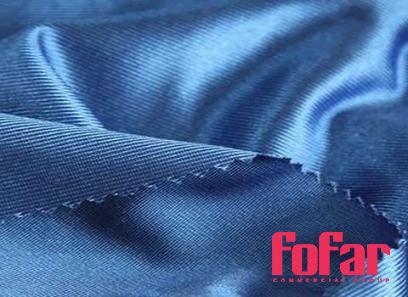 Tricot fabric’s ability to withstand heavy use and its wide range of colors, textures, and patterns make it a favorite choice in the fashion industry, as well as for various technical applications. Over the years, Iran’s textile industry has experienced significant development, with tricot fabric playing a vital role in its expansion. The introduction of advanced knitting machines and the adoption of modern production techniques have helped enhance the quality and efficiency of tricot fabric manufacturing in the country. This, in turn, has led to increased demand both domestically and in the international market. One of the key factors driving the growth of the tricot fabric industry in Iran is the abundance of skilled labor. The country boasts a large pool of experienced workers who possess the necessary expertise required for the intricate production process. Knowledge transfer from older generations to younger ones has ensured a continuous supply of skilled labor, contributing to the industry’s consistent growth.
Tricot fabric’s ability to withstand heavy use and its wide range of colors, textures, and patterns make it a favorite choice in the fashion industry, as well as for various technical applications. Over the years, Iran’s textile industry has experienced significant development, with tricot fabric playing a vital role in its expansion. The introduction of advanced knitting machines and the adoption of modern production techniques have helped enhance the quality and efficiency of tricot fabric manufacturing in the country. This, in turn, has led to increased demand both domestically and in the international market. One of the key factors driving the growth of the tricot fabric industry in Iran is the abundance of skilled labor. The country boasts a large pool of experienced workers who possess the necessary expertise required for the intricate production process. Knowledge transfer from older generations to younger ones has ensured a continuous supply of skilled labor, contributing to the industry’s consistent growth.
..
 Moreover, the Iranian government has made significant efforts to support and promote the textile industry, recognizing its potential for job creation and export earnings. Through various initiatives, the government has provided incentives to encourage investment in the tricot fabric sector, such as tax benefits, subsidized loans, and streamlined export procedures. These measures have helped attract both local and foreign investors, further boosting the industry’s growth. Iran’s tricot fabric industry has also benefited from its strategic geographical location. Being situated at the crossroads of Europe, Asia, and the Middle East, the country has established strong trade links with neighboring countries and beyond. This advantageous position has facilitated the export of tricot fabric to a wide range of markets, further contributing to the sector’s prosperity.
Moreover, the Iranian government has made significant efforts to support and promote the textile industry, recognizing its potential for job creation and export earnings. Through various initiatives, the government has provided incentives to encourage investment in the tricot fabric sector, such as tax benefits, subsidized loans, and streamlined export procedures. These measures have helped attract both local and foreign investors, further boosting the industry’s growth. Iran’s tricot fabric industry has also benefited from its strategic geographical location. Being situated at the crossroads of Europe, Asia, and the Middle East, the country has established strong trade links with neighboring countries and beyond. This advantageous position has facilitated the export of tricot fabric to a wide range of markets, further contributing to the sector’s prosperity.
…
 In addition to its economic impact, the growth of the tricot fabric industry in Iran has also had positive social implications. With the increased demand for tricot fabric, job opportunities have emerged, particularly for women in rural areas. This has not only empowered women economically but also improved their social standing, contributing to the overall development of Iranian society. Looking ahead, the future looks promising for the tricot fabric industry in Iran. With continued investment in research and development, as well as the adoption of sustainable practices, the industry is expected to witness further growth. The versatility and durability of tricot fabric will continue to attract fashion designers, manufacturers, and consumers both within Iran and globally. In conclusion, Iran’s tricot fabric industry has experienced remarkable growth in recent years and has emerged as a significant player in the global textile market. Through government support, skilled labor, strategic location, and international trade relations, Iran has managed to establish itself as a leading producer and exporter of tricot fabric. With its numerous benefits and applications, the future looks bright for tricot fabric in Iran, paving the way for continued economic growth and development.
In addition to its economic impact, the growth of the tricot fabric industry in Iran has also had positive social implications. With the increased demand for tricot fabric, job opportunities have emerged, particularly for women in rural areas. This has not only empowered women economically but also improved their social standing, contributing to the overall development of Iranian society. Looking ahead, the future looks promising for the tricot fabric industry in Iran. With continued investment in research and development, as well as the adoption of sustainable practices, the industry is expected to witness further growth. The versatility and durability of tricot fabric will continue to attract fashion designers, manufacturers, and consumers both within Iran and globally. In conclusion, Iran’s tricot fabric industry has experienced remarkable growth in recent years and has emerged as a significant player in the global textile market. Through government support, skilled labor, strategic location, and international trade relations, Iran has managed to establish itself as a leading producer and exporter of tricot fabric. With its numerous benefits and applications, the future looks bright for tricot fabric in Iran, paving the way for continued economic growth and development.

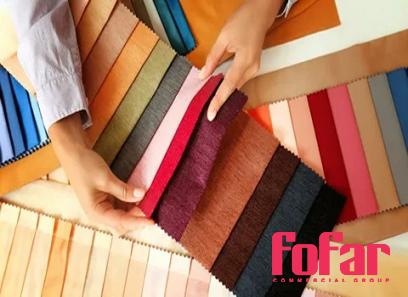
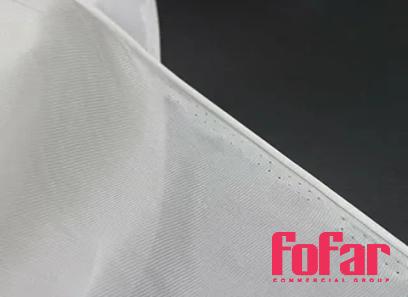


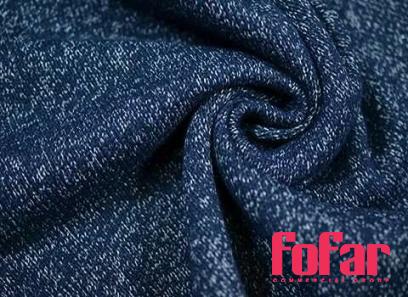
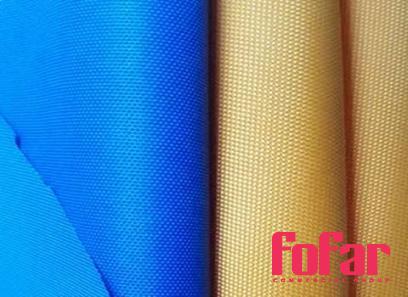
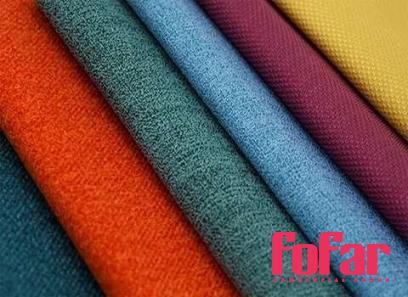


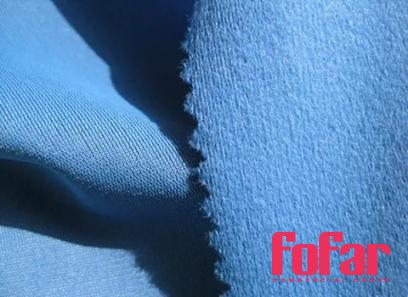
Your comment submitted.